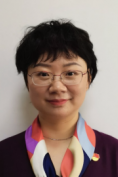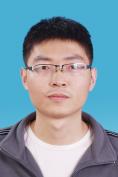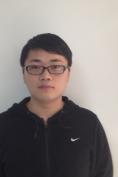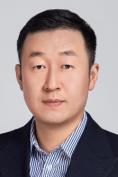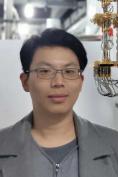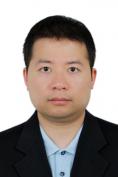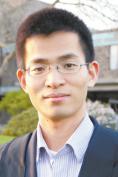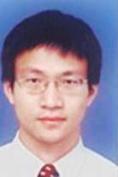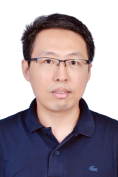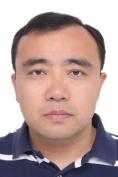Juan Yin
Juan Yin, Female, professor for experimental physics, USTC. She is also the chief designer of the payload on Micius quantum science satellite. Date of birth: December, 1982. She received PH.D on July 2011. She has been engaged in the experimental study of long-distance entanglement-based quantum physics for a long time and published 42 papers in international journals, including five articles in Nature, two articles in Science, two articles in Nature Photonics, one article each in Nature Physics and PNAS, and nine articles in Physical Review Letters.
